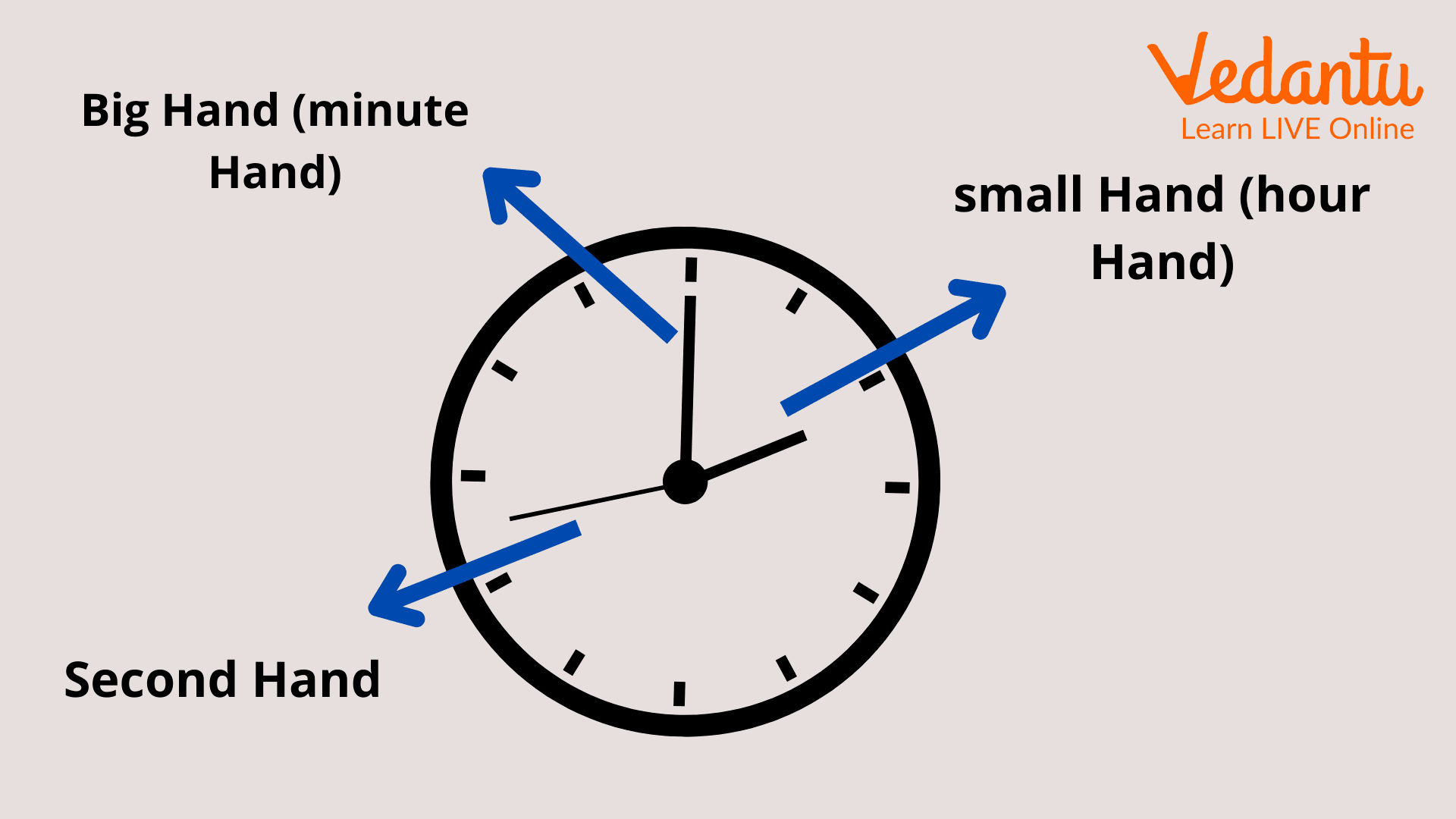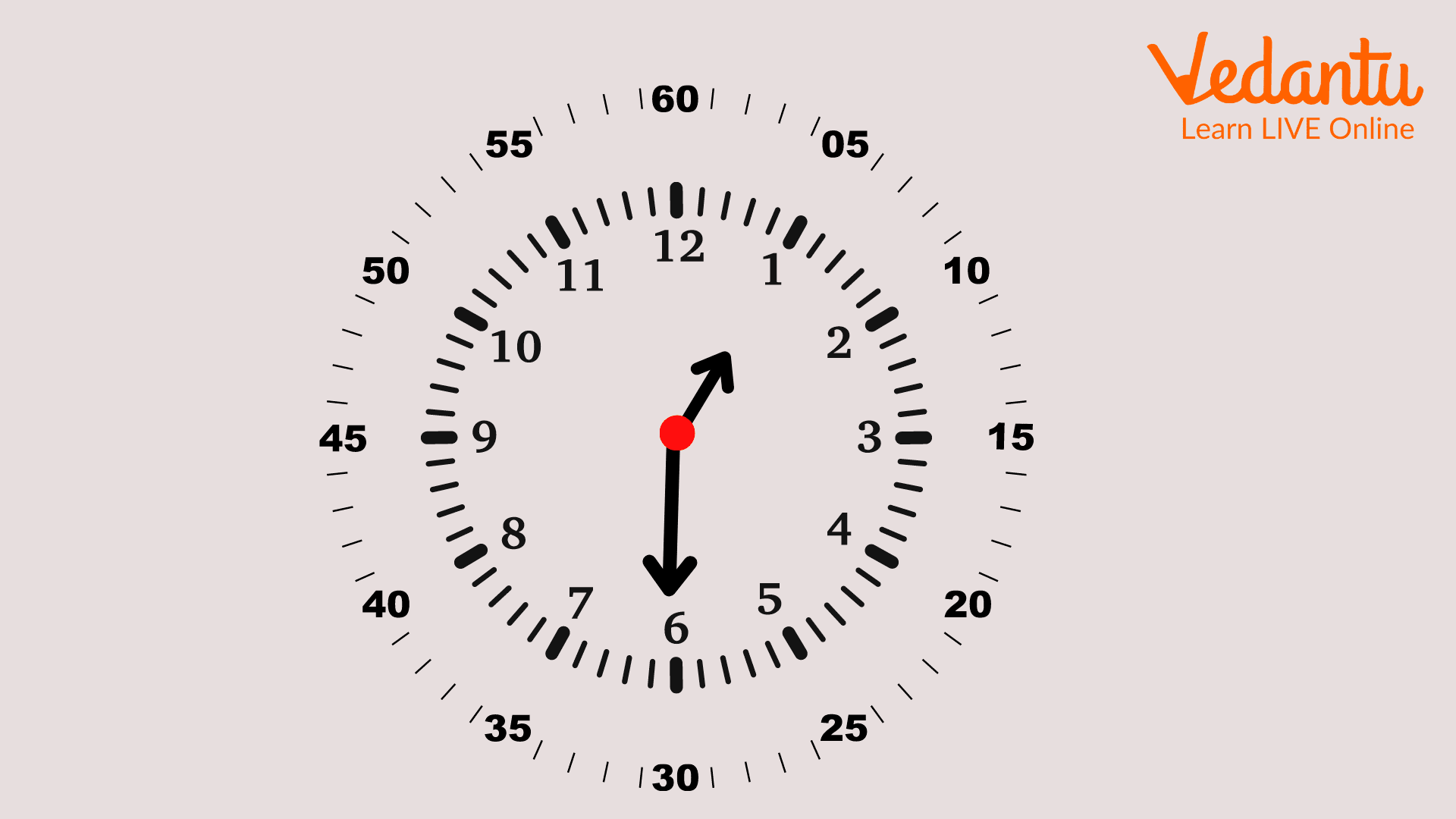




Introduction to Clock
We all look towards whenever we need to tell the time, whether for going to school or for waking up early in the morning, the ability to read clock is an important skill. The understanding of the concept of time is an important part of the development of a child. It only helps kids academically, it helps kids to develop an organised daily routine. The understanding of time management is an important life skill. To learn these skills, it is very important for kids to understand the working of a clock. The article deals with defining the working of a clock. The article defines the function of the minute hand, hour hand, and the second hand of the clock.
What is the Clock?
Before understanding how to tell time using a clock, we must understand what a clock is. A clock is a mechanical device that gives information about the time at any given moment of the day or night. The origins of the clock are intriguing to learn about. The analogue watches that we use today evolved from sand dial prototypes. It's fascinating to note that people used to analyse shadows to determine time. The clock is, without a doubt, a valuable invention.
The most commonly used watch today is the analogue watch. The analogue watches are used to teach kids about the minute hand and hour hand of a clock. It contains three hands or pointers that, depending on their position at different times of the day, tell the time.
Parts of the Clock
The minute hand and hour hand are the most important parts of the clock. The minute hand is the comparatively long pointer that is used to tell the minutes in the watch. The short arrow or hand is known as the hour hand. Based on the movement of the hour hand, the time is calculated. The longest hand in the watch is known as the second hand. It is responsible for giving the seconds of the time. The image shown below describes the minute hand and other hands of the watch.

Minute Hand
How to Read an Analogue Watch?
Starting at the top, the clock features 12 digits. To the right of the number 12, we can see 1. If one follows the numbers from right to left, they will progress from 1 to 12.
The minute section is represented by the minute hand by the space between two consecutive digits, such as 1, 2, and 3. The gap between the two consecutive numbers represents the interval of 5 minutes. These segments can be regarded Mathematically as a multiple of five. As a result, 1 denotes five minutes (1 5= 5) and 2 denotes 10 minutes (25 = 10) and so on.
The shorter arrow, the hour hand, points at the number. The number at which it points is considered as the hour at that moment. It can be better understood by the following image.

Clock
In the above-mentioned image, the short hour hand points at 1 whereas the longer minute hand points at 6. The product of 6 5 is 30. Thus, the minute represented here is 30 mins. The time represented in the clock is 1:30. The time shown in the image can also be said as half-past one.
The Use of AM and PM
AM and PM are used to classify the time. The complete form of a.m is ante meridiem, and the extended version of p.m is post meridiem. The hour before noon is referred to as a.m. The period from 12:00 a.m. to 11:59 a.m. is known as a.m. P.M. refers to the time between the middle of the day to midnight. The period from 12:00 p.m. to 11:59 p.m. is known as p.m.
This was the complete discussion on the clock. We have learnt about the hour, second, and minute hands of the clock. We have learnt how to read time in an analogue watch. We hope this discussion would help kids to understand how to read the time.
FAQs on The Minute Hand and Hour Hand of Clock
1. What does quarter past two mean?
Quarter is the term that is used to define the time interval of fifteen minutes. The phrase quarter past two refers to the time as 2:15. These terms are generally used for the ease of conversation and understanding; similarly, the term half is used to represent the time interval of 30 minutes.
2. How many minutes are there in an hour and how many hours constitute a day?
There are 60 minutes in an hour and 24 hours constitute a day. In an analogue clock, these minutes can be calculated very easily by following the multiple of 5. Since the product of twelve into five is sixty, we can verify this fact Mathematically. The 24 hours is divided into 12 hours of A.M and 12 hours of P.M in an analogue watch.











